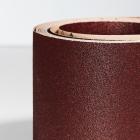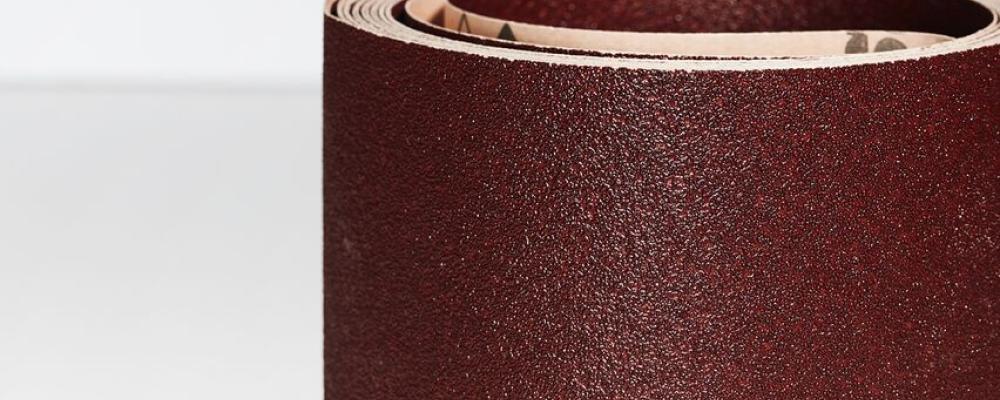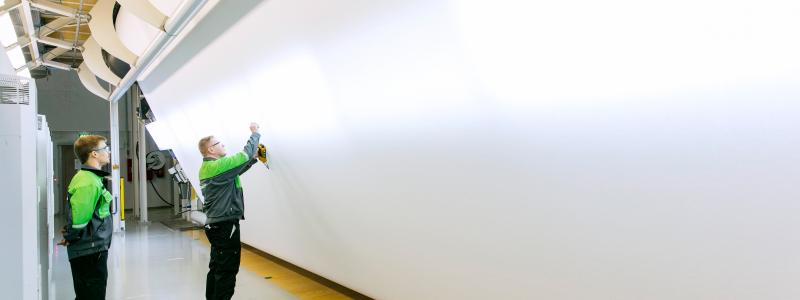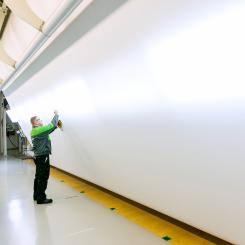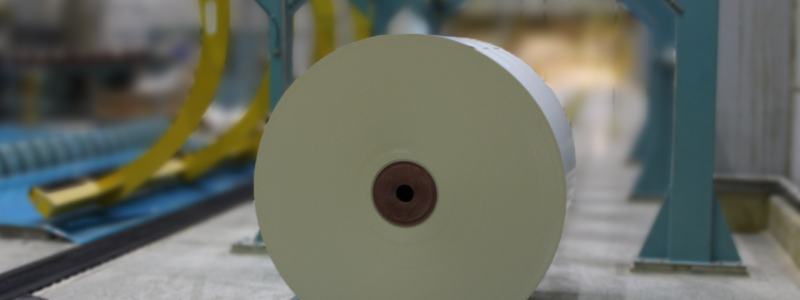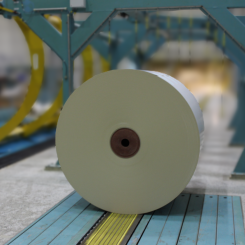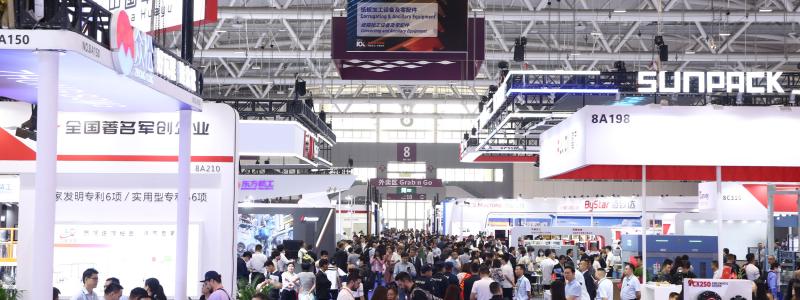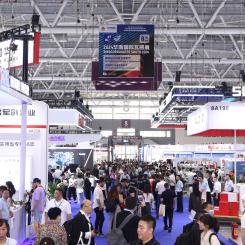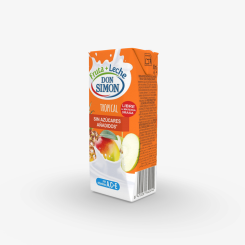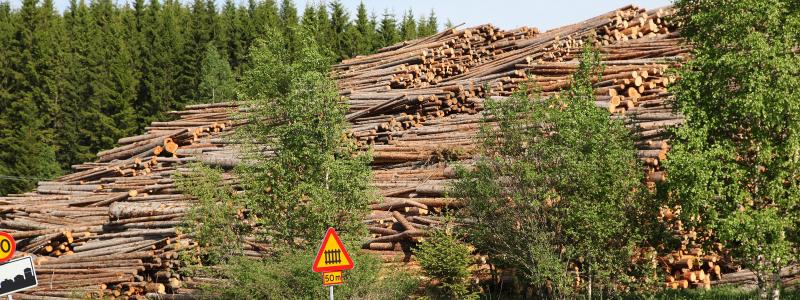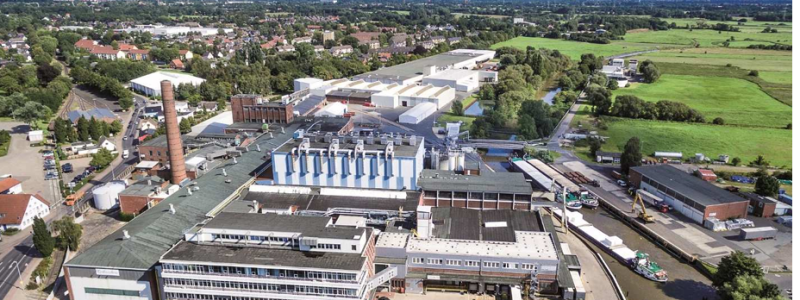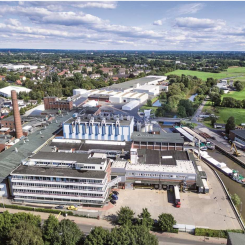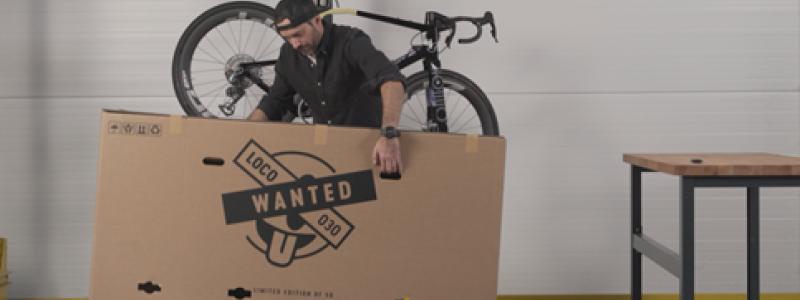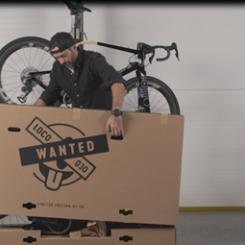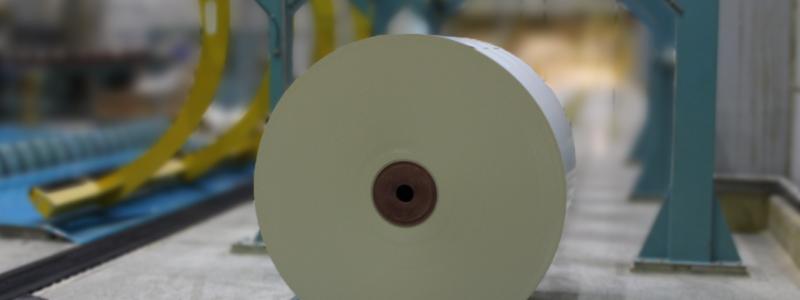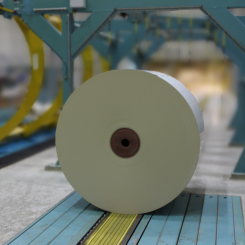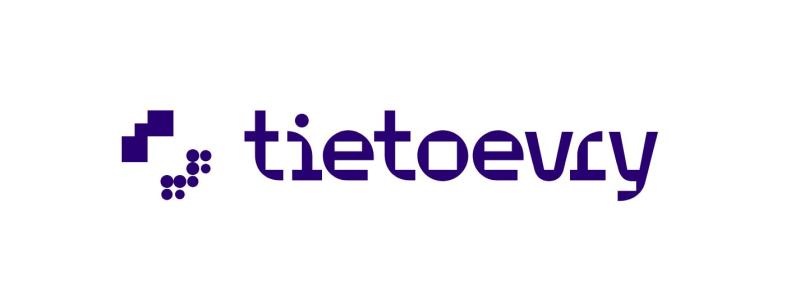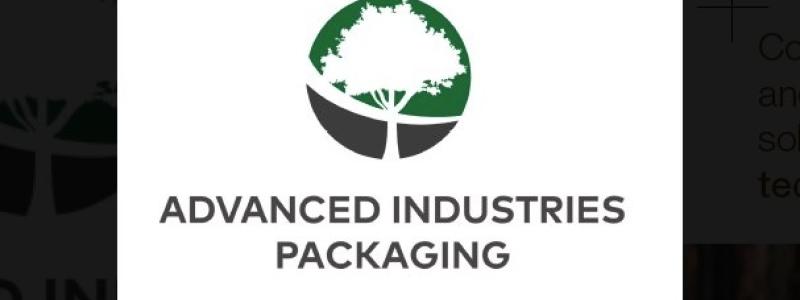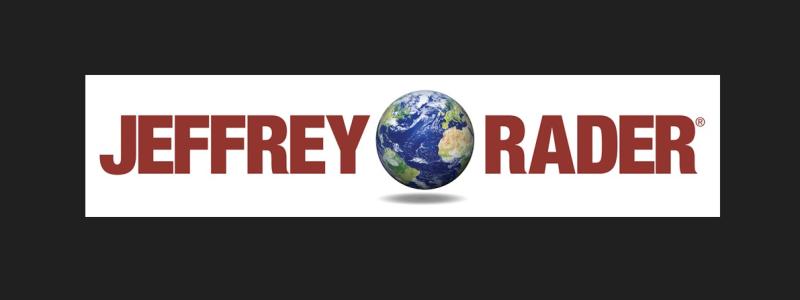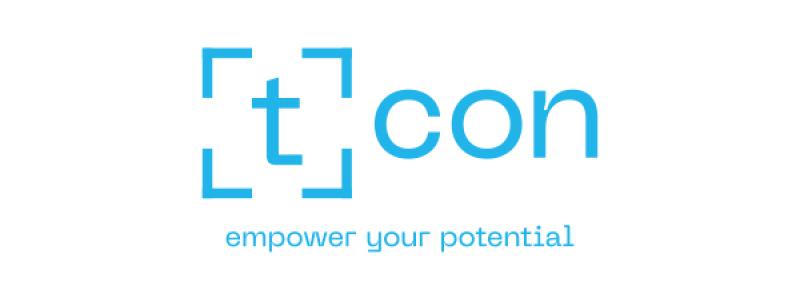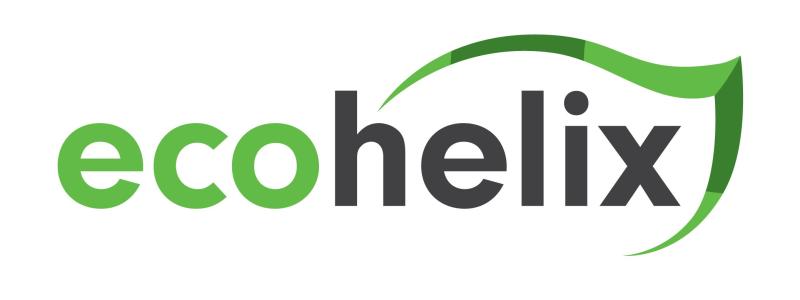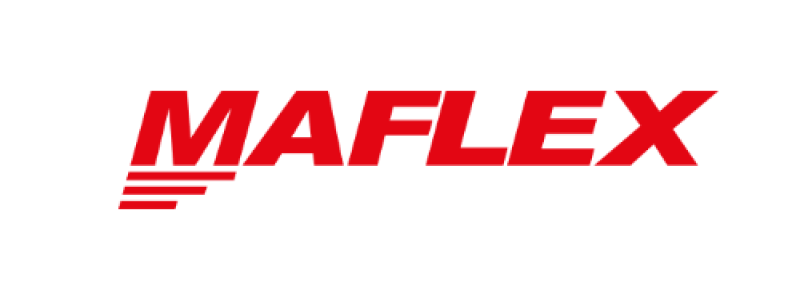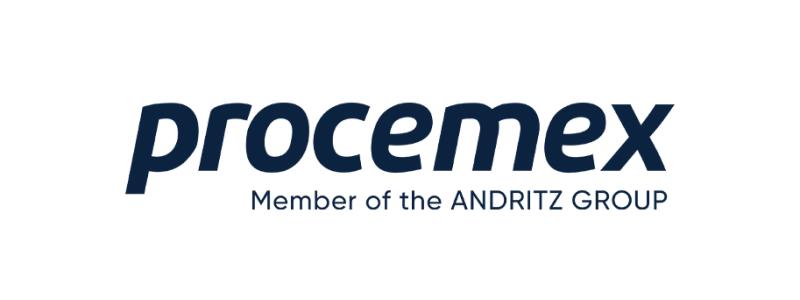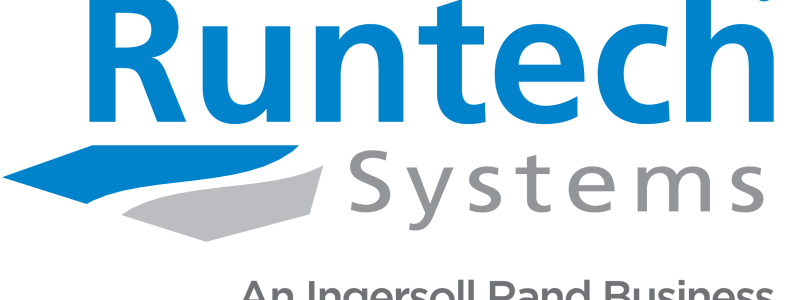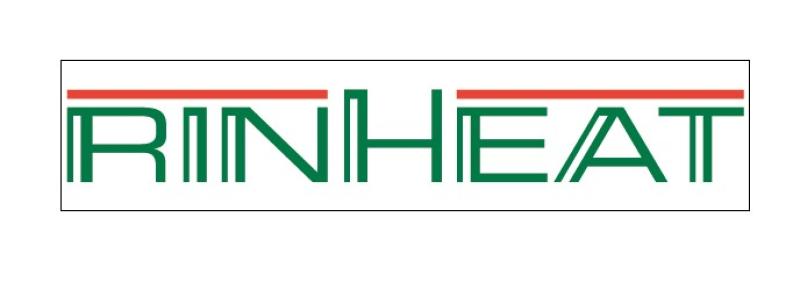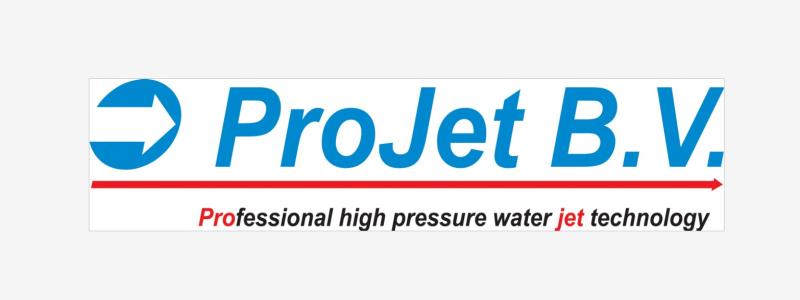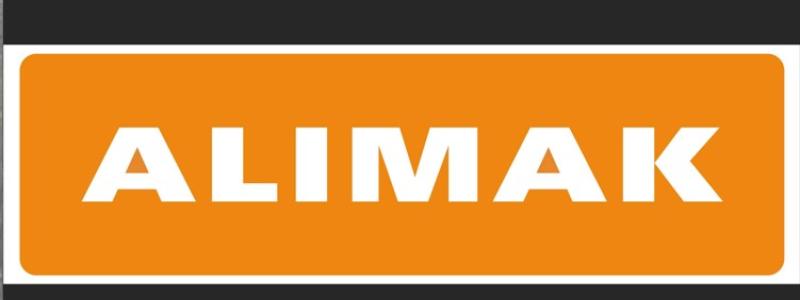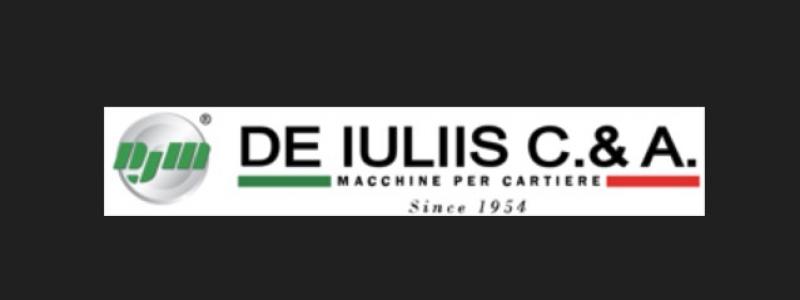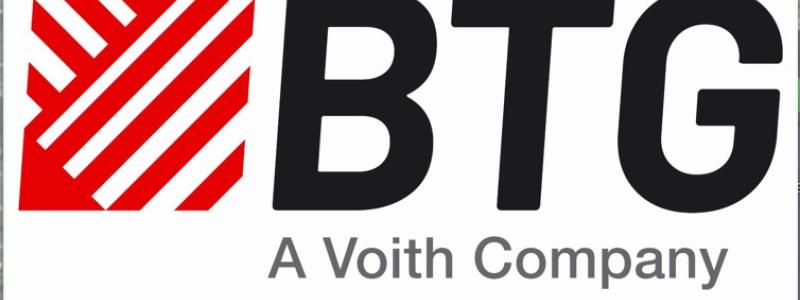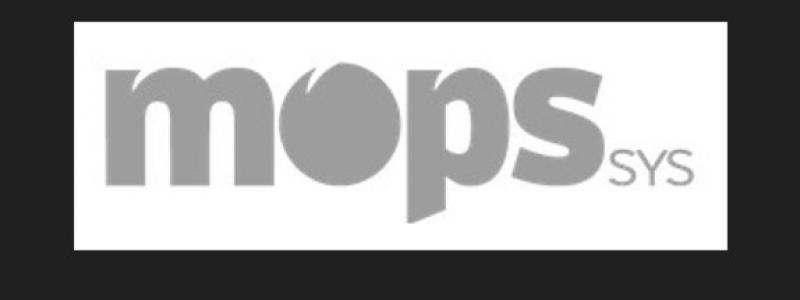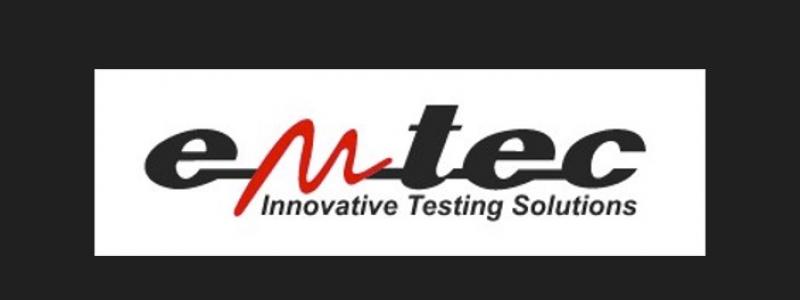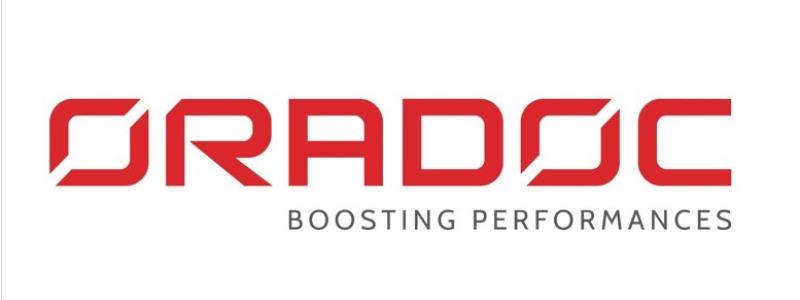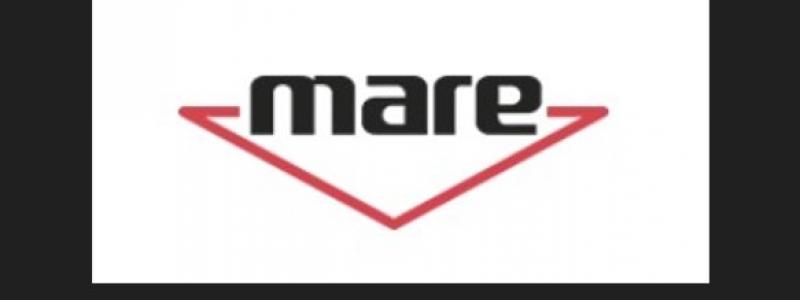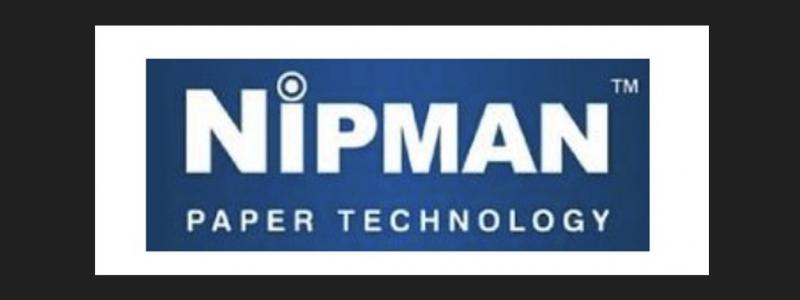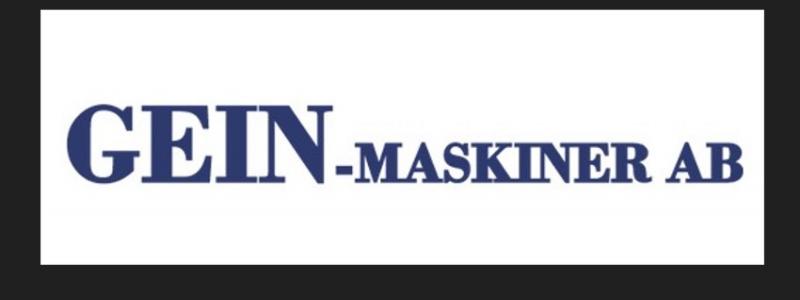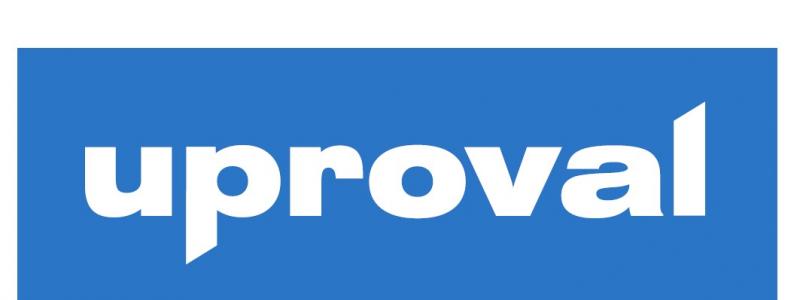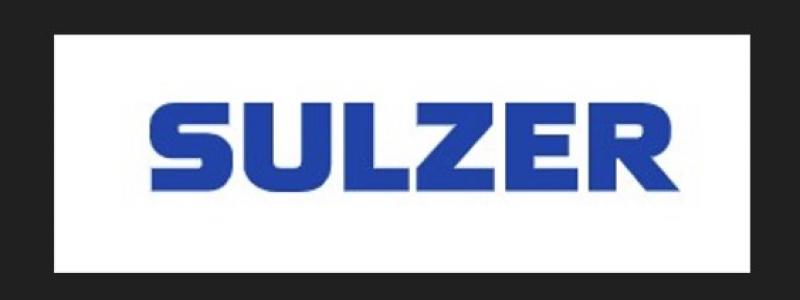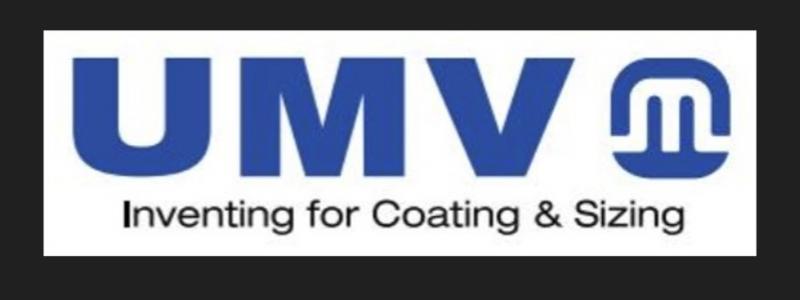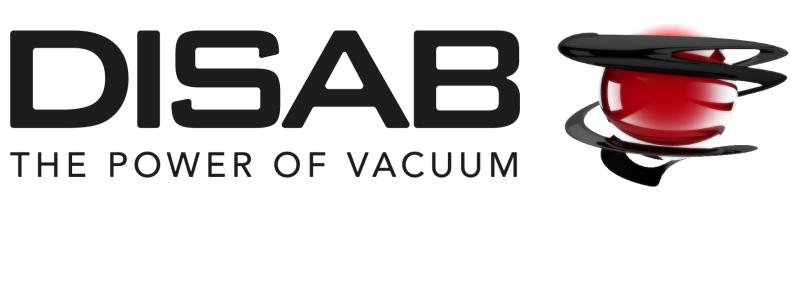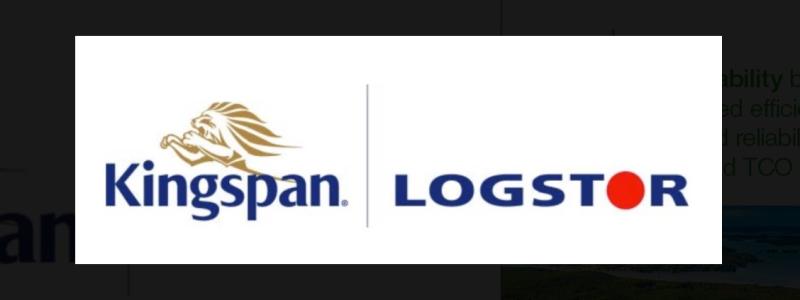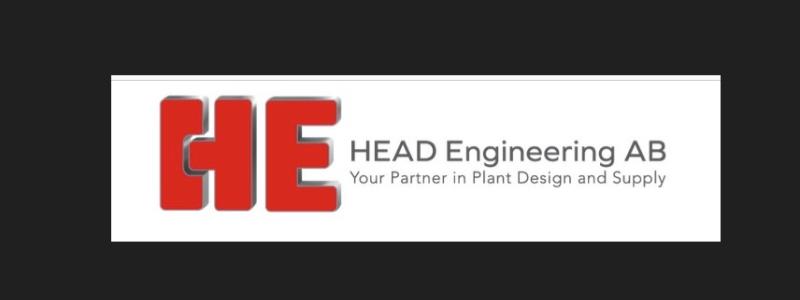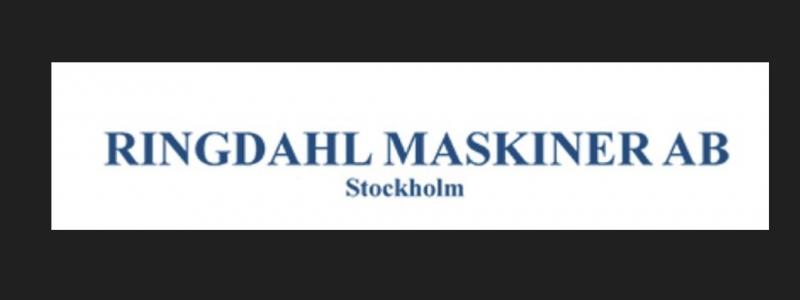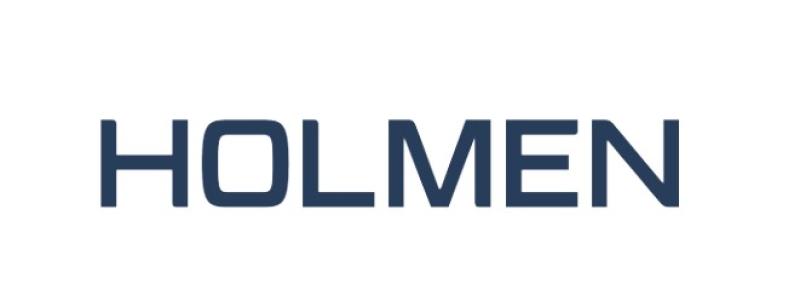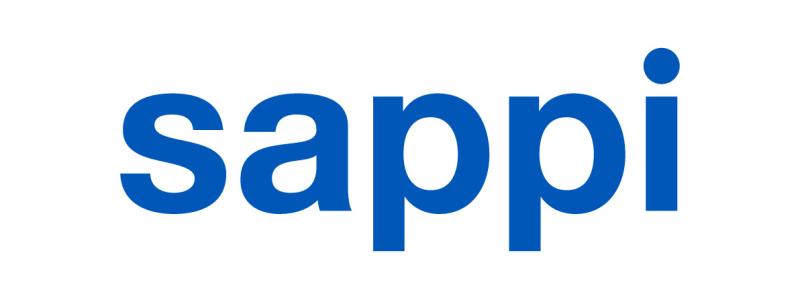Independent tests carried out recently on behalf of M-real Consumer Packaging have confirmed that lighter weight primary fibre based kraftliners provide better corrugated box compression strength than heavier weight white lined chipboard (WLC) or testliners containing recycled fibres. Both cost savings and sustainability benefits can be gained by using stronger and lighter weight kraftliners in corrugated packaging.
The tests, by an external research institute, compared corrugated trays in which only the white top liner varied. The trays using M-real’s Kemiart’s coated white top kraftliner were tested in comparison with trays using WLC or coated white top testliner. The basis weights of the boards varied from 160 to 210 g/m2.
The results found that corrugated trays made of primary fibre based kraftliners showed higher box compression strength than trays made of recycled fibre based liners but within the same basis weight. Trays using a 11-12 % lighter weight kraftliner provided 18-32 % higher box compression strength values compared with those made of recycled materials.
Further box compression tests compared the stacking strength of primary folding cartons with that of folding cartons with a corrugated tray and of folding cartons with both a corrugated tray and lid. Results showed that use of a tray increased the strength of the stack by 10 %, and use of both tray and lid gave an additional 10% higher box compression strength. This means savings can be realised if a lower weight material is specified for primary cartons. Corrugated trays can also improve the stability of the load during transportation and handling.
Risto Auero, M-real’s VP Sales, Linerboards & Speciality papers, says: "Improved compression resistance ensures better protection for the saleable product, and minimises product spoilage and cleaning costs in the retail chain. The use of trays or other shelf ready transportation packages made of corrugated materials also provides substantial cost savings due to more efficient logistic handling and shelving of the product. Better brand recognition during transportation, warehousing and on shop shelves is a further benefit."

